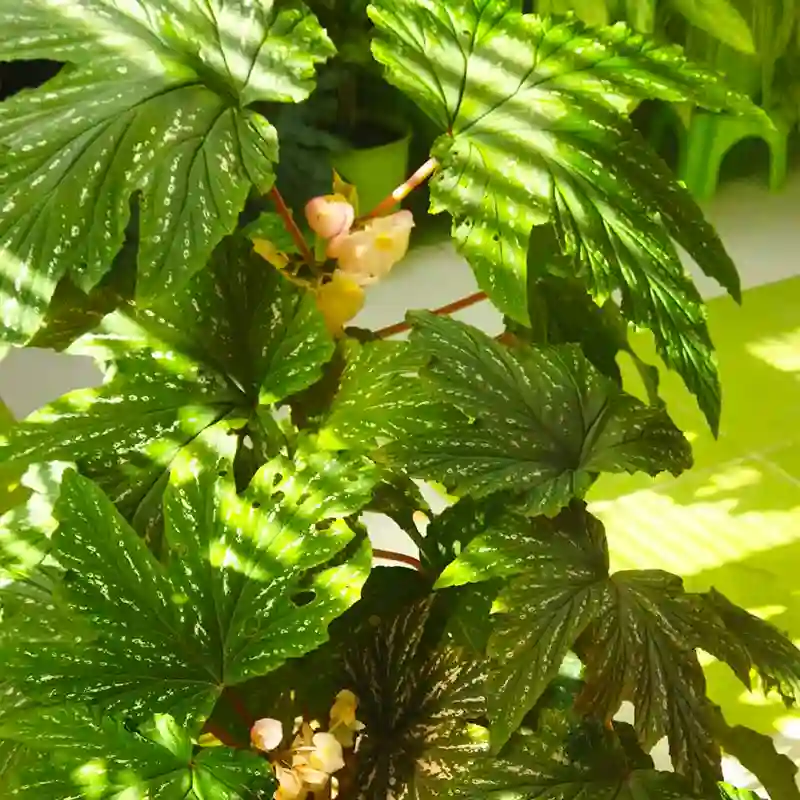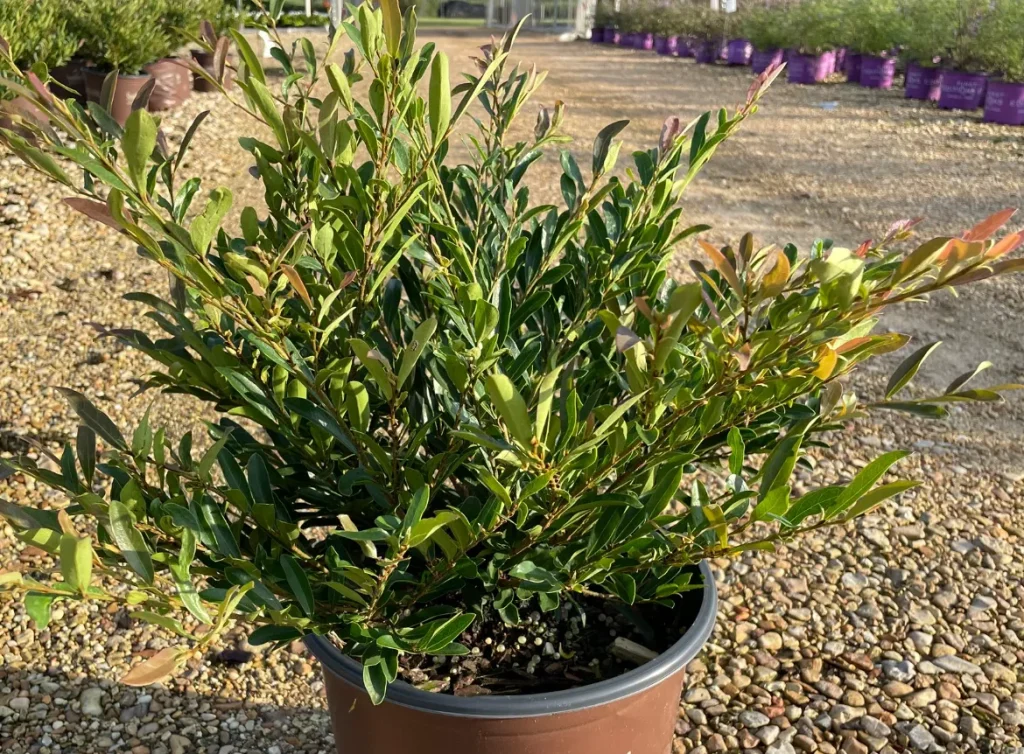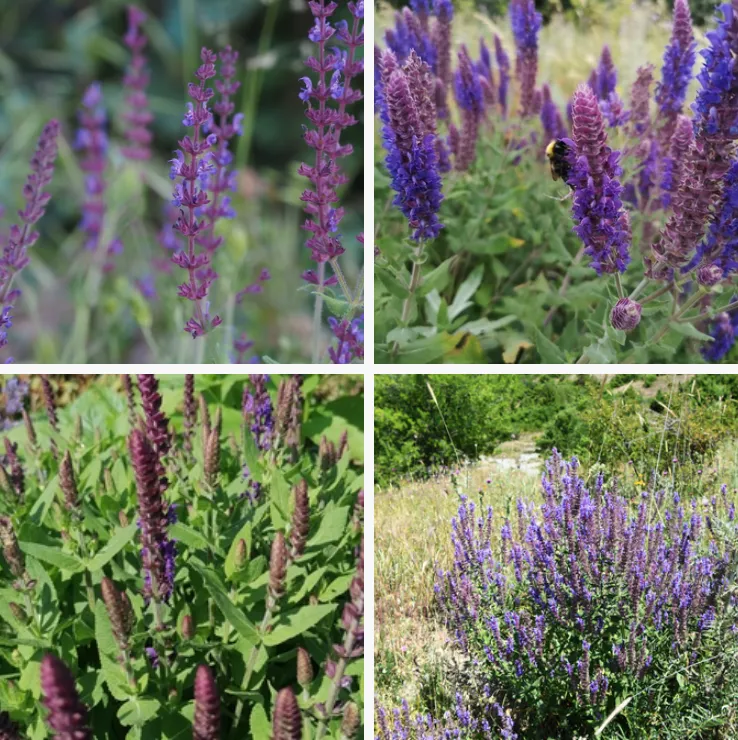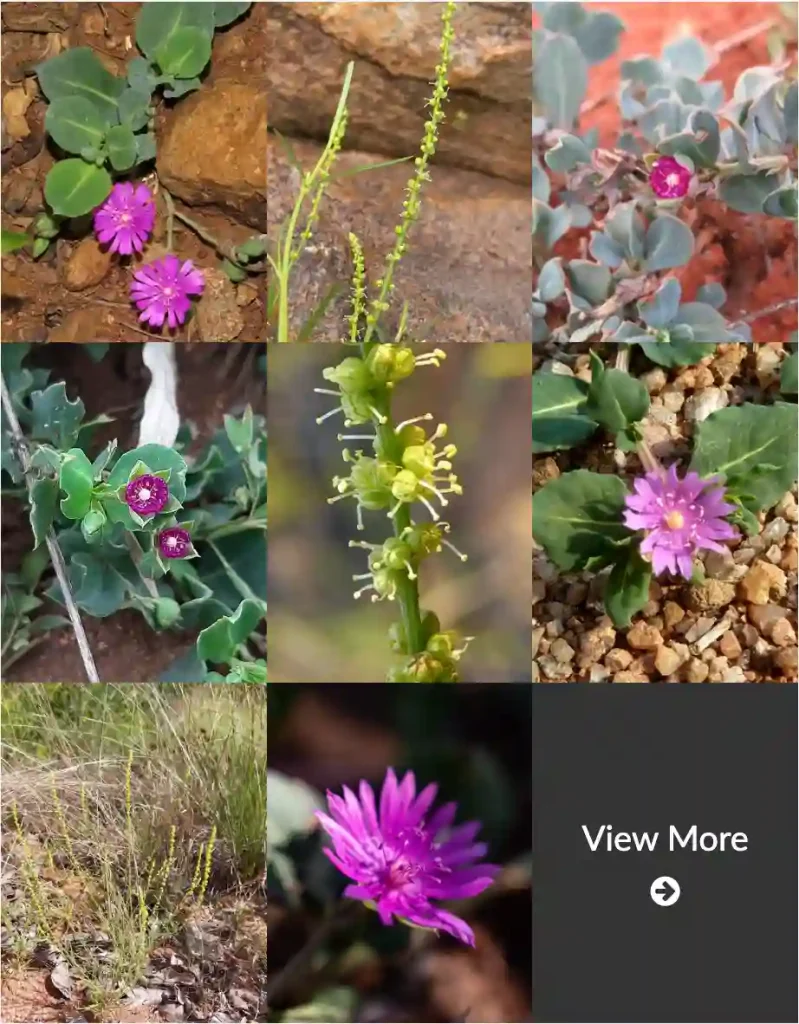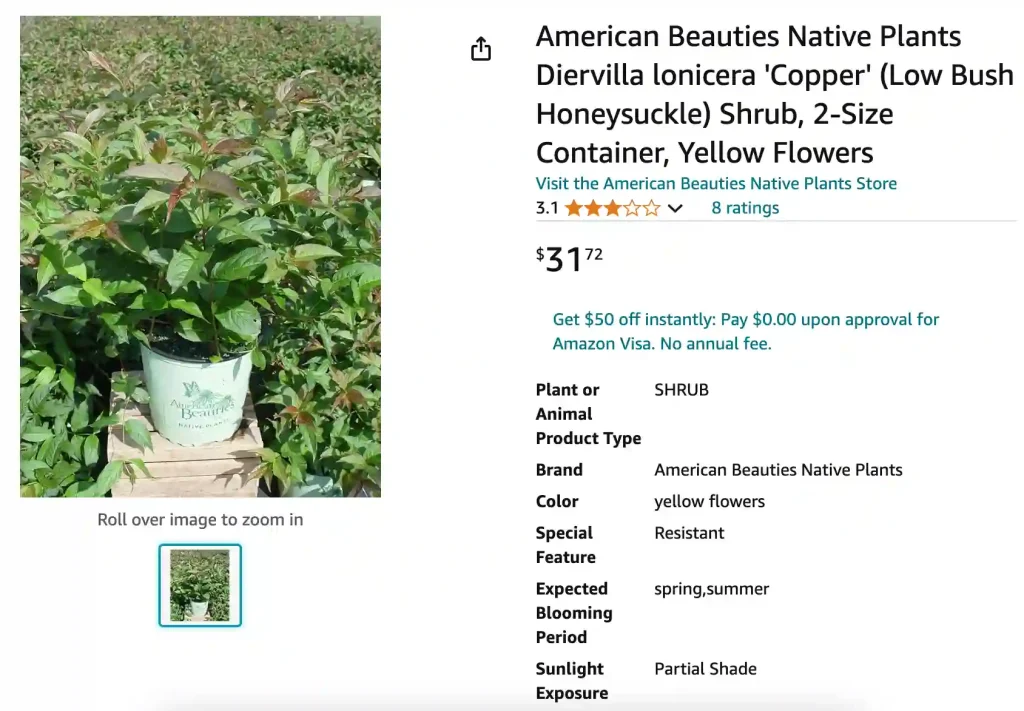
Frequently Asked Questions about Diervilla Lonicera
As an avid gardener, I’ve had the pleasure of working with many plants, but one that stands out for its versatility and resilience is Diervilla Lonicera. Also known as Bush Honeysuckle, this plant is a fantastic addition to any garden. Through my experience, I’ve encountered several common questions about Diervilla Lonicera, and I’d like to address them here.
3 Species in Genus Diervilla
What is Diervilla Lonicera?
Diervilla Lonicera, commonly known as Northern Bush Honeysuckle, is a deciduous shrub native to North America. It’s often appreciated for its ability to thrive in various conditions and its beautiful, trumpet-shaped yellow flowers that bloom in the summer. The foliage turns a stunning red in the fall, adding a vibrant splash of color to the landscape. It’s an excellent choice for gardeners looking for a hardy, low-maintenance plant that still offers aesthetic appeal.
How to Care for Diervilla Lonicera?
Caring for Diervilla Lonicera is relatively straightforward, which makes it a favorite among both novice and experienced gardeners. This plant prefers well-drained soil but can tolerate a range of soil types, from sandy to clay. Planting it in full sun to partial shade will yield the best results, as it thrives in these conditions. Regular watering is essential, especially during the establishment phase, but once established, Diervilla Lonicera is quite drought-tolerant.
Pruning is generally not necessary, but it can be done in late winter or early spring to maintain shape and encourage new growth. Fertilization is rarely needed, but if the plant looks like it needs a boost, a balanced, slow-release fertilizer can be applied in the early spring.
Will Diervilla Lonicera Tolerate Wet Feet?
A common question I’ve come across is whether Diervilla Lonicera will tolerate wet feet. In my experience, this shrub is quite adaptable and can tolerate a variety of soil moisture levels. However, it does not thrive in consistently waterlogged conditions. Occasional wet feet won’t harm it, but for optimal growth, ensure the soil is well-drained. If you have a particularly wet area, consider planting Diervilla Lonicera in a raised bed or on a slope to improve drainage.
How to Propagate Diervilla Lonicera?
Propagating Diervilla Lonicera can be a rewarding process. The most effective method is through softwood cuttings taken in late spring or early summer. Here’s how I do it:
- Select a healthy, non-flowering shoot and cut a 4-6 inch piece just below a node.
- Remove the lower leaves, leaving a few at the top.
- Dip the cut end in rooting hormone to encourage root development.
- Plant the cutting in a pot filled with a well-draining soil mix, and water it well.
- Cover the pot with a plastic bag to retain humidity, and place it in a warm, bright area but out of direct sunlight.
- Keep the soil moist, and roots should develop in a few weeks.
Can You Grow Diervilla Lonicera Indoors?
While Diervilla Lonicera is primarily an outdoor plant, growing it indoors is possible, although it can be challenging. The main issue is providing sufficient light, as this plant thrives in full sun to partial shade outdoors. If you decide to try growing it indoors, place it near a bright window or use grow lights to ensure it gets the light it needs. Additionally, be mindful of watering and ensure good air circulation to prevent fungal issues.
Is Diervilla Lonicera Toxic?
One of the great things about Diervilla Lonicera is that it is non-toxic to humans and pets. This makes it a safe choice for gardens where children and pets play. However, as with all plants, it’s always a good idea to discourage pets from chewing on it.
What to Plant with Diervilla Lonicera?
Diervilla Lonicera pairs well with a variety of other plants, making it a versatile addition to mixed borders and garden beds. Its yellow flowers and red fall foliage contrast beautifully with plants like hydrangeas, ornamental grasses, and other shade-tolerant perennials. I’ve found it particularly effective when planted alongside hostas and ferns, which complement its texture and color.
Benefits of Growing Diervilla Lonicera
There are many benefits to growing Diervilla Lonicera. It’s a low-maintenance shrub that provides year-round interest, from its summer flowers to its fall foliage. Additionally, it’s resistant to deer and rabbits, which can be a significant advantage in areas where these animals are common. Diervilla Lonicera also attracts pollinators, such as bees and butterflies, making it a valuable plant for supporting local ecosystems.
Common Problems with Diervilla Lonicera
Diervilla Lonicera is relatively problem-free, but like any plant, it can encounter issues. Pests are usually not a significant problem, but aphids and scale can occasionally be found. These can be managed with insecticidal soap or horticultural oil. Powdery mildew and leaf spot are potential fungal diseases, particularly in humid conditions. Ensuring good air circulation and avoiding overhead watering can help prevent these issues.
How Does Diervilla Lonicera Compare to Similar Plants?
Diervilla Lonicera is often compared to other shrubs like honeysuckle (Lonicera species) due to the similarity in their names and appearance. However, unlike many honeysuckles, Diervilla Lonicera is non-invasive, making it a better choice for gardeners concerned about controlling plant spread. Additionally, while honeysuckles are known for their fragrance, Diervilla Lonicera offers aesthetic appeal without a strong scent.
Conclusion
Diervilla Lonicera is a versatile and resilient plant that can enhance any garden. With its easy care requirements, tolerance to different soil conditions, and ability to attract pollinators, it’s a valuable addition to a variety of garden settings. Whether you’re looking to add color, support local wildlife, or simply enjoy a low-maintenance shrub, Diervilla Lonicera is a fantastic choice.
If i die, water my plants!
